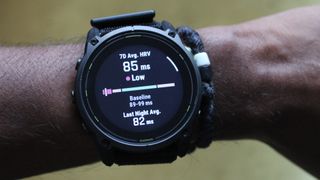
Existing laser technologies for the extended short-wave infrared (SWIR) spectral range use expensive and complex materials, which limits their scalability and affordability. ICFO researchers addressed these challenges by developing a novel approach based on colloidal quantum dots. Their laser emits coherent light in the extended SWIR range with large colloidal quantum dots made of lead sulfide (PbS).
This new technology using CQDs (colloidal quantum dots) solves some big problems while still working with silicon CMOS platforms, the same technology used to make computer chips . The researchers used PbS (lead sulfide) quantum dots, the first semiconductor material to produce laser light over such a wide range of wavelengths. What’s impressive is that they did this without changing the quantum dots’ chemical makeup.

These findings help bring us closer to creating smaller, more practical quantum dot lasers. Additionally, the team was able to make PbS quantum dots emit laser light using a much faster method (nanosecond excitation), replacing the need for expensive, large laser equipment that normally uses femtosecond pulses. This was possible using larger quantum dots, allowing them to absorb more light (ten times more).
As a result, they reduced the energy needed to start the laser, making the process much more efficient. The ability to create low-cost, scalable infrared lasers in the extended SWIR (short-wave infrared) range solves key challenges in many technologies. This innovation could potentially revolutionize areas such as: In addition, this breakthrough supports the development of photonic circuits that work well with silicon, which could lead to even smaller devices and wider use of this technology.
ICREA Prof. Gerasimos Konstantatos said , “Our work represents a paradigm shift in infrared laser technology. For the first time, we’ve achieved lasing in the extended SWIR range with solution-processed materials at room temperature, paving the way for practical applications and the development of more accessible technologies.
” Journal Reference:.















